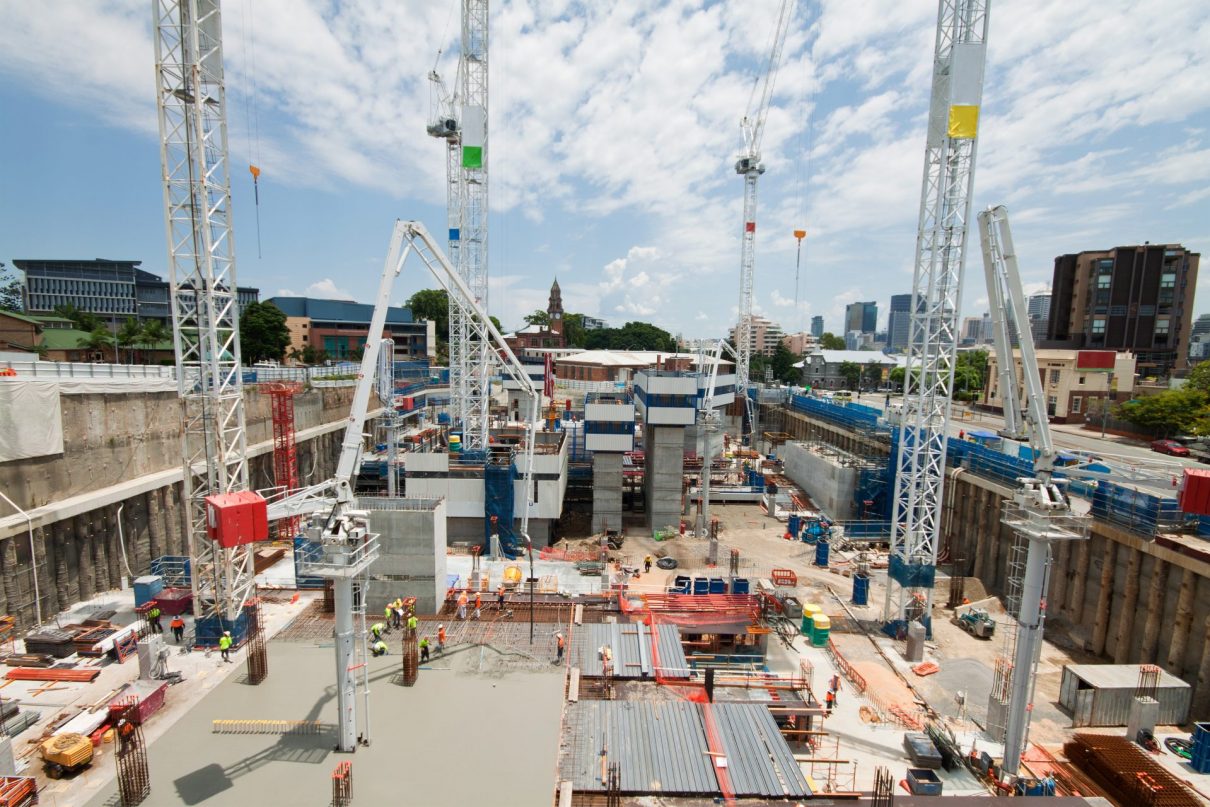Australia urgently needs a dedicated, independently administered fund to meet the escalating costs of natural disasters due to global warming.
Beneficiaries of the National Climate Disaster Fund?
Funding can be distributed amongst the most disaster impacted regions and sectors in Australia. These include:
Infrastructure
Australian industry depends on infrastructure for energy, water and transport (Queensland Government (2019) Queensland state heatwave risk assessment 2019). Heatwaves can cause damage and disruption to power supplies, communications, water and sewerage infrastructure as well as road, rail and air transport. Floods and extreme weather events disrupt and damage roads, rail, waste storage, buildings, water storage and other infrastructure (Queensland Floods Commission of Inquiry (2012) Final Report). Fires and extreme temperatures damage transmission lines and power stations (ABC News (2019) Vic fires threaten major power lines). Droughts threaten water availability.
Interruptions to these essential services disrupt business, and increasing maintenance and reconstruction costs ultimately flow on to businesses through higher utility costs.
Climate change will also reduce economic growth. Previous droughts have reduced Australia’s GDP by 1% (compared to 2% reduction in the Global Financial Crisis). The Queensland 2010/11 floods reduced QLD’s Gross State Product (GSP) by 2.8% (Climate Council (2019), Compound costs: how climate change is damaging Australia’s economy). Australian economic growth in the long term is expected to be reduced by $130 billion per year under a 4-degree scenario, even excluding the impact of natural disasters (Kompas et al (2018) The Effects of Climate Change on GDP by Country and the Global Economic Gains From Complying With the Paris Climate Accord). Current Australian Government policies are consistent with 3 to 4 degree warming (Swann (2019), Cold shower on economics of global warming).
The NCDF could provide a source of funding for Australian business and industry to invest in climate resilience measures, both for their own businesses and the public infrastructure they rely on.










